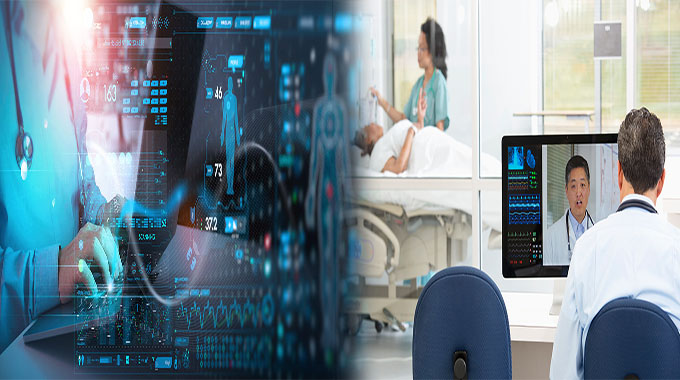Leveraging Computer Networks for Collaborative Project Management
In the realm of project management, effective collaboration among team members is paramount for successful project outcomes. With the evolution of technology, computer networks have become indispensable tools for facilitating seamless collaboration, communication, and coordination among project teams. Let’s explore how computer networks empower collaborative project management and enhance productivity in various industries.
1. Real-Time Communication and Collaboration:
Computer networks enable real-time communication channels such as instant messaging, video conferencing, and shared online workspaces. Team members can collaborate irrespective of their physical location, leading to faster decision-making, swift problem-solving, and improved team synergy.
2. Centralized Data Storage and Accessibility:
By utilizing computer networks for project management, teams can store project-related documents, files, and data in centralized repositories. This ensures that all team members have access to up-to-date information, reducing the risk of duplication, version control issues, and data silos.
3. Task Assignment and Tracking:
Project management tools integrated with computer …












